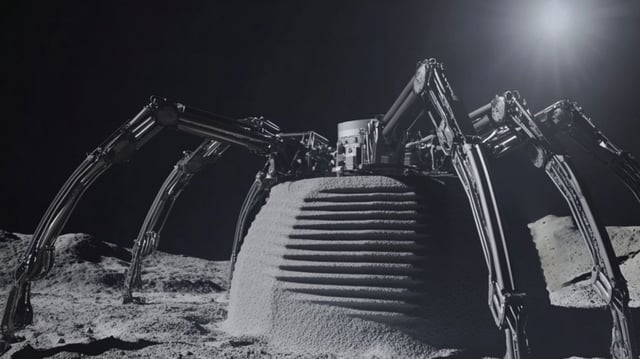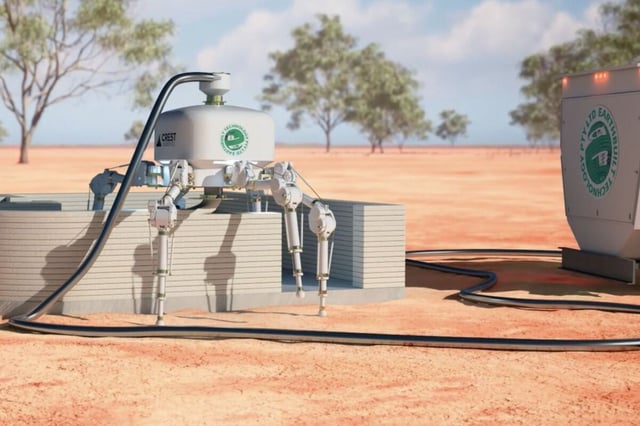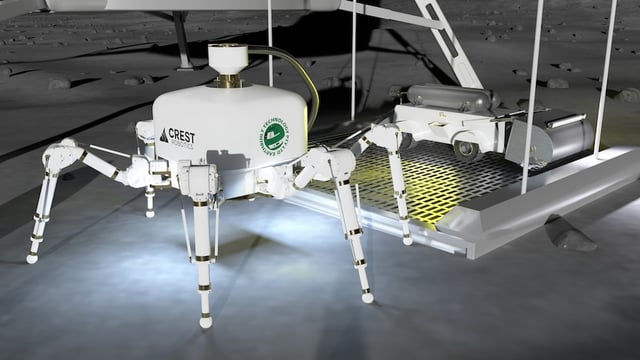Overview
- Developed by Crest Robotics with Earthbuilt Technology, the hexapod pairs mobility with an undercarriage extrusion and compaction system to form structural walls in one process.
- The companies say the system uses local aggregates such as sand, soil, waste glass, and crushed brick packed into fabric sleeves, with claims of flood and fire resistance.
- Performance figures—about 200 square meters of shell in roughly a day at the speed of around 100 bricklayers—are developer claims that lack independent validation and published test data.
- The project remains in research and development, with a scaled-down unit shown and many specifications still undisclosed, including strength metrics, tolerances, energy use, and environmental limits.
- Backers cite potential for future lunar use due to a compact, foldable design and in‑situ material compaction, and the team is seeking partners for terrestrial pilots and eventual off‑world trials.


